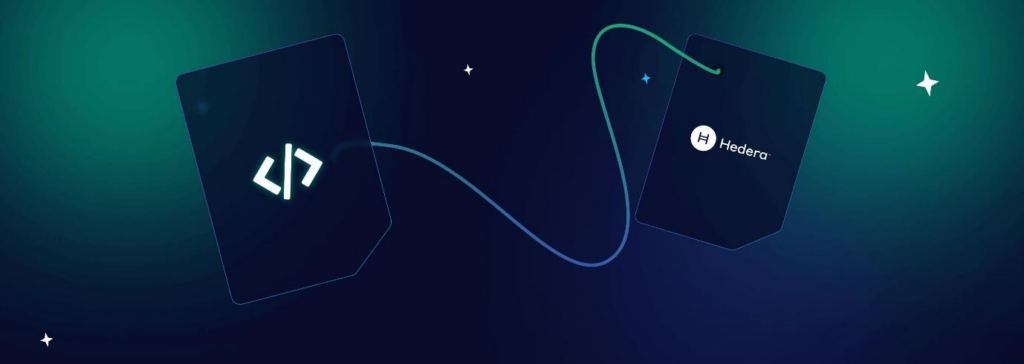- 1 Get to know about Hedera, its working principles, and prominent use cases
- 2 Hedera has quickly turned into people’s chosen public distributed ledger
Blockchain technology has continued to show its prominence by completing transactions and other similar tasks quickly and securely. Being a decentralized network has further increased its popularity. Bitcoin was the first application to be launched using this technology. Even though it quickly rose in stature, its transaction speed was still not fast enough for some people. People mainly opt to use blockchain technology because of its speed, privacy, and transparency. However, to speed up the process of transactions, Hedera, an open-source network, has been introduced.
What is Hedera?
Hedera is a public distributed ledger or network that is fully open source using a proof-of-stake consensus mechanism and a decentralized governing body regulating it. The platform has been built to design and deploy decentralized applications like native tokens, smart contracts, etc. While its functions are similar to Bitcoin, it is much faster, secure, and more energy-efficient. The hashgraph consensus algorithm is why Hedera works with such proficiency in the market.
Working principle of Hedera
The hashgraph processing unit of the Hedera ecosystem is the one that manages all transactions happening on it. This process is initiated once a client begins a transaction on Hedera. As soon as this transaction begins, it is cryptographically signed by the account through which the fees are supposed to be made. However, a few more signatures could be added depending on other things associated with the transaction.
Once all the signatures are collected, the client submits the transaction into any node existing on the Hedera network. Once this node is received, the transaction is validated for further processing. The hashgraph consensus algorithm now identifies the event and sends it to similar nodes.
Most importantly, the Hedera ecosystem receives the transaction exponentially fast. This makes it a powerful option for transaction processing.

Use cases of Hedera
Only through a set of significant use cases can a network show its true potential when introduced into the public domain. Moreover, the higher use cases a network possesses, the greater the chance it has of growing above its peers. Here are some of those use cases that will give you a better understanding of Hedera’s capabilities:
- Secure payment gateway
One of Hedera’s most popular use cases is the security cover it provides for transactions. There is no chance of third-party infringement taking place within the Hedera ecosystem.
- Decentralization
Like other blockchain technology networks, Hedera also functions within a decentralization network.
- Extra cost elimination
There are a few blockchain networks where a fixed amount must be paid to intermediaries, lenders, or as processing fees when it comes to smart contracts. However, in Hedera, such costs can be saved as it follows the model of decentralization finance.
Conclusion
Hedera has continued to skyrocket in popularity for people looking to complete transactions effortlessly. It is quickly becoming one of the most sought-after transaction gateway models.

With a background in journalism, Ritika Sharma has worked with many reputed media firms focusing on general news such as politics and crime. She joined The Coin Republic as a reporter for crypto, and found a great passion for cryptocurrency, Web3, NFTs and other digital assets. She spends a lot of time researching and delving deeper into these concepts around the clock, and is a strong advocate for women in STEM.


 Home
Home News
News










